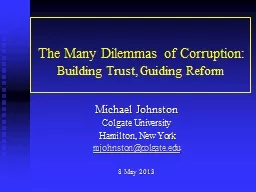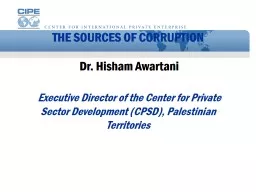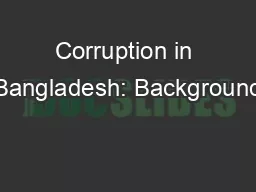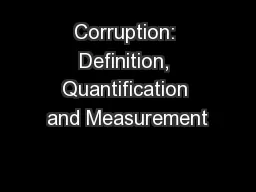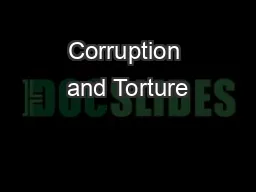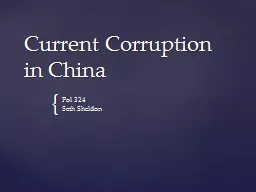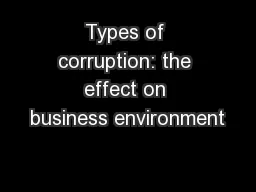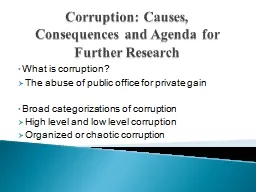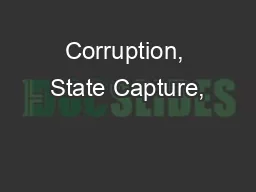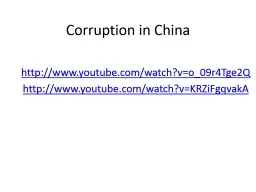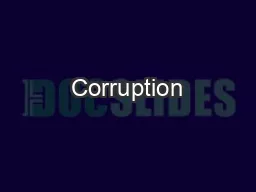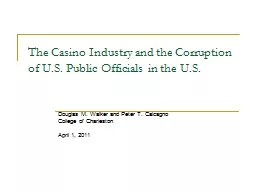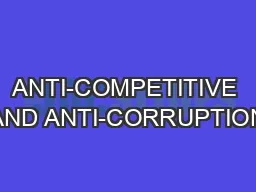PPT-The Many Dilemmas of Corruption:
Author : natalia-silvester | Published Date : 2016-07-19
Building Trust Guiding Reform Michael Johnston Colgate University Hamilton New York mjohnstoncolgateedu 8 May 2013 Choosing targets tracking reform Are we making
Presentation Embed Code
Download Presentation
Download Presentation The PPT/PDF document "The Many Dilemmas of Corruption:" is the property of its rightful owner. Permission is granted to download and print the materials on this website for personal, non-commercial use only, and to display it on your personal computer provided you do not modify the materials and that you retain all copyright notices contained in the materials. By downloading content from our website, you accept the terms of this agreement.
The Many Dilemmas of Corruption:: Transcript
Download Rules Of Document
"The Many Dilemmas of Corruption:"The content belongs to its owner. You may download and print it for personal use, without modification, and keep all copyright notices. By downloading, you agree to these terms.
Related Documents

